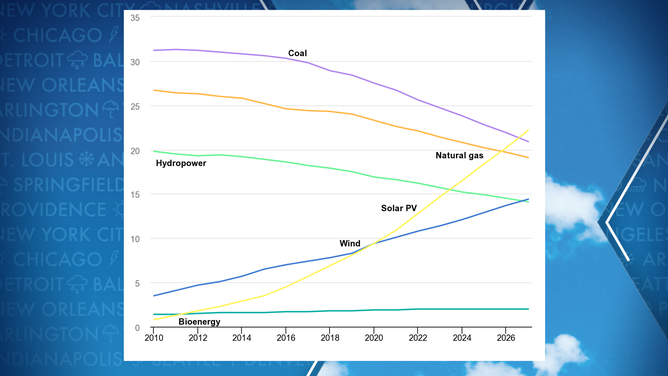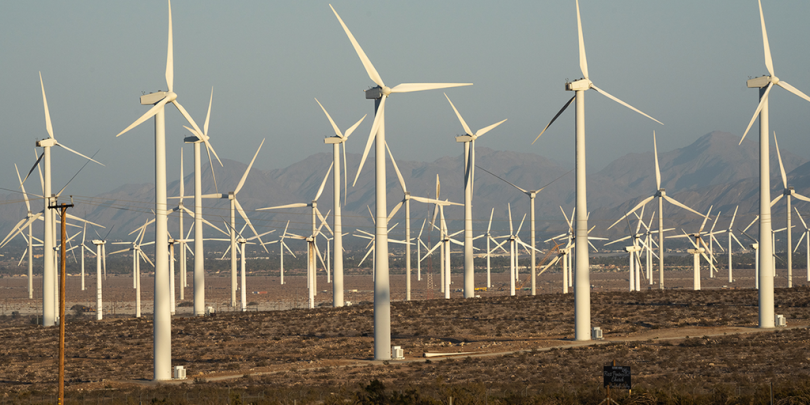[ad_1]

Rhode Island Gov. Dan McKee signed legislation on Wednesday that requires 100% of the state’s electricity to be offset by renewable energy by 2033.
The future looks bright for global renewable energy production after a report from the International Energy Agency unexpectedly raised output expectations by 30 percent.
The IEA report titled “Renewables 2022” examined energy resources around the globe and found that wind and solar production outputs are expected to double during the next five years.
Energy experts cited production growth in China, the United States and India as one of the leading causes behind the sudden increase.
The report said the European Union’s move towards energy independence from Russia due to its invasion of Ukraine also is a significant contributing factor.
“Renewables were already expanding quickly, but the global energy crisis has kicked them into an extraordinary new phase of even faster growth as countries seek to capitalise on their energy security benefits. The world is set to add as much renewable power in the next 5 years as it did in the previous 20 years,” IEA Executive Director Fatih Birol said in a statement.
FEELING THE HEAT: HOME ENERGY COSTS SPIKE WELL BEYOND PREDICTED JUMPS THIS WINTER
Changing governmental policies and the significant decrease in production costs are considered to be driving forces.
“This is a clear example of how the current energy crisis can be a historic turning point towards a cleaner and more secure energy system. Renewables’ continued acceleration is critical to help keep the door open to limiting global warming to 1.5 °C,” Birol said.
Wind and solar expansion have led to reduced coal and natural gas consumption, and the downward trajectories show no signs of slowing down.
Production levels of solar energy are expected to surpass natural gas electric output in 2026 and coal in 2027 to take the reins of being the world’s largest source of energy.

Production capacity of energy sources around the world.
(International Energy Agency / FOX Weather)
WATCH A WIND TURBINE DISINTEGRATE IN TEXAS AFTER A LIGHTNING STRIKE
Coal production has been the focus of recent global environmental conferences that have labeled the fossil fuel as one of the leading sources of rising global temperatures.
As of 2021, coal generated around 19 percent of the United States’ power, according to the Center for Strategic and International Studies.
Despite states such as West Virginia, Wyoming, Missouri, Kentucky, Utah, North Dakota, Indiana and Nebraska heavily relying on coal, the group labeled downward production trends as irreversible.
The IEA said even with the sharp increase in renewable energy around the world, growth is still below the rate needed to achieve net-zero emissions by 2050.
Experts believe an expansion pace of renewables of around 60 percent would help achieve long-term net-zero goals within the next three decades.
[ad_2]
Source link








